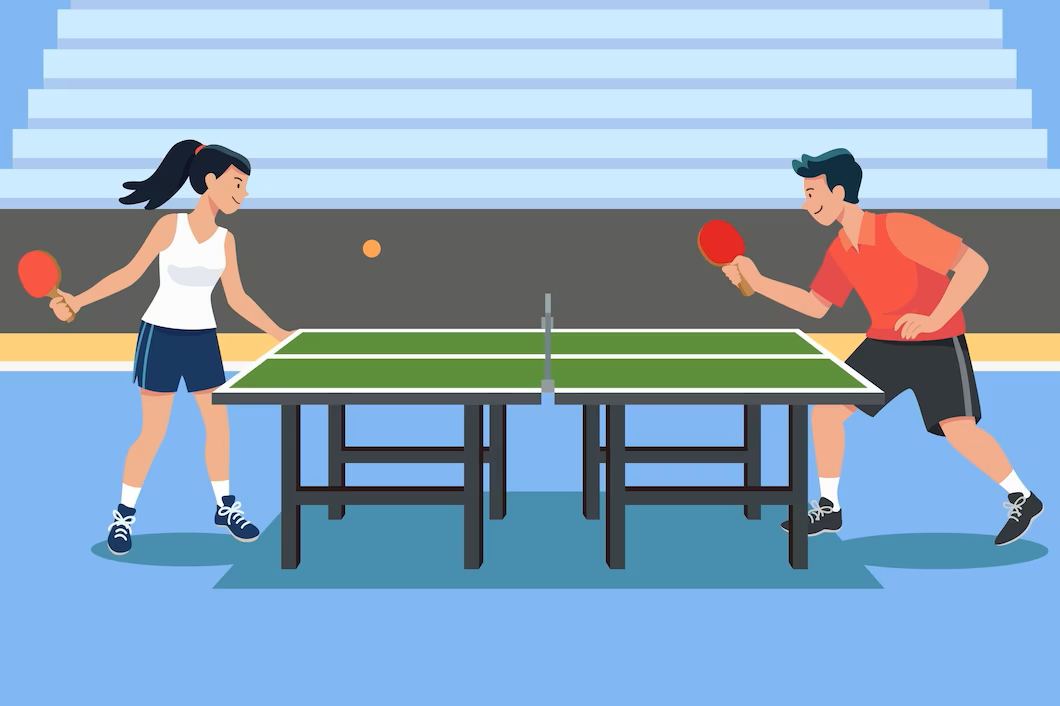The six pillars of fitness are the six elements of skill-related fitness, or talents that aid in the acquisition of athletic skills. As follows:
• Speed: This refers to the capacity to move swiftly along a straight path from one point to another. You can outrun opponents, travel farther, and respond more quickly with speed. Sprinting, jumping, skipping, and agility drills are a few examples of exercises that increase speed.

• Reaction time: The capacity to act swiftly in response to a stimulus or signal. You can start a race, catch a ball, avoid a punch, brake a car, and more with quick reactions. Table tennis, computer games, response ball drills, and traffic light sprints are a few examples of activities that enhance reaction speed.

• Balance refers to the capacity to keep your body steady and under control in a variety of situations and motions. You can improve your coordination, avoid falls, and carry out precise motions by maintaining your balance. Yoga, Pilates, skating, and balance board exercises are a few examples of workouts that help with balance.

• Coordination: This is the capacity to use various bodily parts in a fluid and effective manner. You can accomplish complex skills, synchronize your actions, and become more accurate with coordination. Juggling, throwing and catching, dancing, and martial arts are some examples of activities that enhance coordination.

• Power: This is the capacity to apply a significant amount of force quickly. You can lift more weight, throw farther, strike harder, and jump higher with power. Weightlifting, plyometrics, boxing, and kettlebell swings are a few examples of exercises that increase power.

• Agility: The capacity to shift course swiftly and precisely. You can conduct intricate moves and avoid obstacles and opponents with the aid of agility. Soccer, basketball, tennis, and agility ladder drills are a few sports where agility can be improved.

